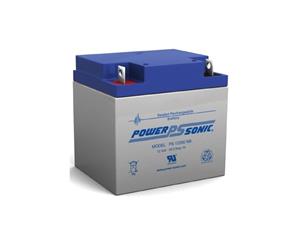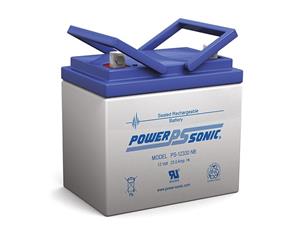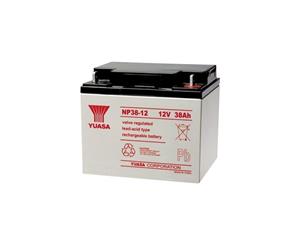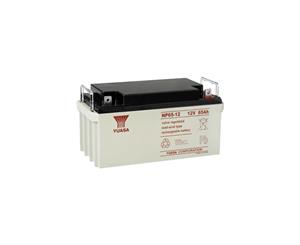This listing is for
1 x Pro Power 100Ah SLIM Lithium Iron Battery with
1 x Pro Power 20A Lithium Iron Battery Charger ($199 RRP)
Pro Power LFP (Please see the 2nd image or tab for battery specification)- Has a built-in BMS (ROHM)
- High maximum continuous discharge current (2C)
- High maximum charge current (1C)
- Can be parallel and series connected (Up to 8 in Parallel, 4 in series)
- Long cycle life ( 3000 to 6000 Cycles)
- Premium BYD Prismatic Lithium Cell
- Suitable for Off-road 4x4, IP66 Rating, Filled with shock absorbing silicone
- Can be charged using most standard lead acid battery chargers
- Light Weight ( Saves up to 70% in space and weight)
- High Efficiency
Battery Management System (BMS) The BMS will:
- Disconnect or shut down the load whenever the voltage of a battery cell decreases to less than 2.8V (adjustable 2.6V-2.8V).
- Stop the charging process whenever the voltage of a battery cell increases to more than 4.2V.
- Shut down the system whenever the temperature of a cell exceeds 70oC.
- Integrated cell balancing, Up to 8 batteries can be paralleled and up to 4 can be series connected.
Why lithium-iron-phosphate (LifePO4 or LFP)
Battery Chemistry Safty Power Density* Energy Density** Cycles Cost Iron Phosphate (LFP) High High Medium High Medium Nickel Manganese (NMC) Medium Medium Medium Low Low Manganese (LMO) Medium Medium Medium Low Low Titan ate (LTO) High High Low High Medium Cobalt Oxide Low Low High Low Low Power Density* is how quickly energy can be consumed Energy Density** is storage campacityVS Lead-acid Battery (AGM GEL)
A lead-acid battery will fail prematurely due to sulfation:
* If it operates in deficit mode during long periods of time (i.e. if the battery is rarely, or never at all, fully charged).
* If it is left partially charged or worse, fully discharged (yacht or mobile home during wintertime).
A LFP battery does not need to be fully charged. Service life even slightly improves in case of partial charge instead of a full charge. This is a major advantage of LFP compared to lead-acid. Other advantages are the wide operating temperature range, excellent cycling performance, low internal resistance and high efficiency (see below). LFP is therefore the chemistry of choice for demanding applications.
Life Cycles
- Lead-acid battery: 200 to 1600 cycles
- LFP battery: 3000 to 6000 cycles
Efficient
In several applications (especially off-grid solar and/or wind), energy efficiency can be of crucial importance. The round-trip energy efficiency (discharge from 100% to 0% and back to 100% charged) of the average leadacid battery is 80%. The round-trip energy efficiency of a LFP battery is 92%. The charge process of lead-acid batteries becomes particularly inefficient when the 80% state of charge has been reached, resulting in efficiencies of 50% or even less in solar systems where several days of reserve energy is required (battery operating in 70% to 100% charged state). In contrast, a LFP battery will still achieve 90% efficiency under shallow discharge conditions.
Weight
- Saves up to 70% in space
- Saves up to 70% in weight
Expensive
LFP batteries are expensive when compared to lead-acid. But in demanding applications, the high initial cost will be more than compensated by longer service life, superior reliability and excellent efficiency


 United States of America
United States of America




Dr. Angel from Nottingham, United Kingdom
Used for about a month now and it is better than I was expecting especially since it is so cheap on group buy
Silly Ninja from Bonn, Germany
The best quality, and yeah most important, prices are the best, available to everyone. Just to have the best of the best. Thanks groups.
Captain Obvious from Veracruz, Mexico
Satisfied with Groupspree website and will be buying another one very soon!
Romeos – cousin from Dortmund, Germany
Its a very good quality product for a good price.
Stale Milk from Birmingham, United States
No good. Maybe I just got a defective one. Support is good though and sorting this out.